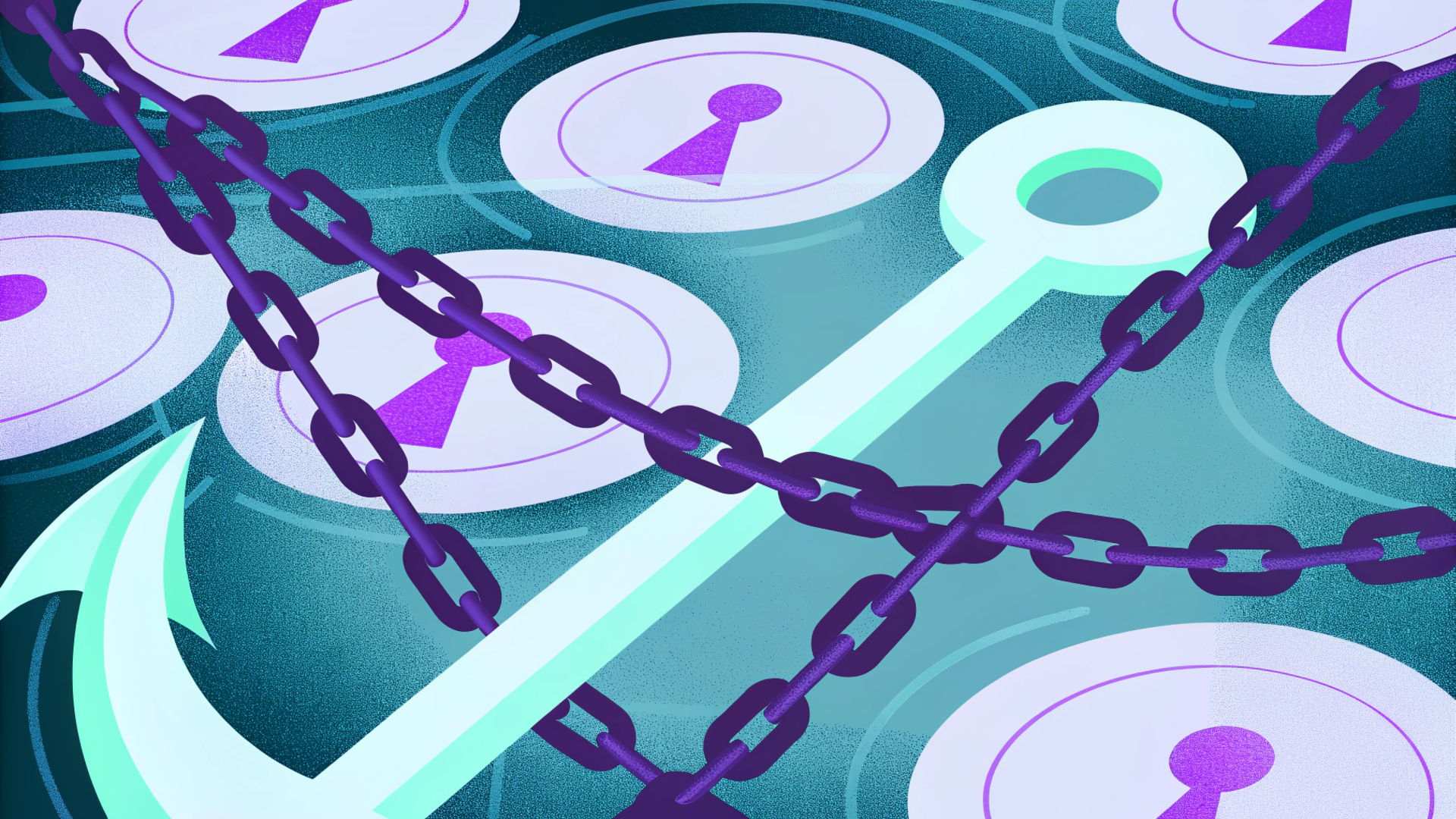How to Calculate Customer Retention Formula

Understanding how to calculate and improve your customer retention formula is crucial for sustainable business growth. In this article, we'll explore what customer retention rate is, why it's important, and how you can measure and improve it. By focusing on retaining existing customers, businesses can significantly boost profitability and build lasting relationships.
Understanding Customer Retention Rate

What is Customer Retention Rate?
The customer retention rate is a crucial metric that indicates a company's ability to retain customers over a specific period. It is the percentage of customers a company manages to keep, reflecting their satisfaction and loyalty to the product or service. A high customer retention rate suggests that customers are happy with their experience and are likely to continue doing business with the company. Monitoring this metric helps businesses understand the effectiveness of their retention strategies and identify areas for improvement. Improving customer experience is key to boosting retention rates.
Importance of Retention Metrics
Retention metrics are vital for assessing the long-term health of a business. While acquiring new customers is important, retaining existing customers is often more cost-effective. According to research, existing customers spend up to 67% more than new customers. Focusing on customer retention metrics allows companies to reduce customer churn and enhance customer lifetime value. Key retention metrics provide insights into customer behavior, satisfaction levels, and the effectiveness of loyalty programs, all of which contribute to sustained revenue and growth.
How to Measure Customer Retention
To effectively measure customer retention, you need to calculate customer retention rate over a given period. The basic formula is: ((End Customers - New Customers) / Start Customers) x 100. For example, if you started with 200 customers, gained 50 new customers, and ended with 180 customers, your retention rate would be ((180 - 50) / 200) x 100 = 65%. Regularly calculating and tracking this metric helps you understand how well you are retaining customers. Utilizing a retention rate calculator can simplify this process. Tracking customer churn rate is equally important to understand the inverse of retention.
Calculating the Customer Retention Rate

Retention Rate Formula Explained
Understanding and applying the customer retention rate formula is essential for any business focused on long-term growth. The formula helps you to calculate retention accurately. The average customer retention rate across all industries is approximately 75.5%, calculated via ((End Customers - New Customers) / Start Customers) x 100 [Revechat: Customer Retention Guide]. To use this formula effectively, define a given period, such as a quarter or a year, and consistently apply the formula each time. By monitoring customer churn and making use of retention metrics, businesses can better understand their customer relationships and take action to improve customer retention and overall business health, thus boosting customer loyalty. Keeping this metric high is crucial to minimize customer churn.
Using a Retention Rate Calculator
While the customer retention rate formula is straightforward, a retention rate calculator can simplify the process, especially when dealing with large customer bases. These tools automate the calculation, providing instant results and reducing the risk of manual errors. By inputting the number of customers at the start of the period, the number of new customers acquired during the period, and the number of customers at the end of the period, the calculator provides the customer retention rate. Using a retention rate calculator allows businesses to quickly assess their customer retention metrics and focus on strategies to improve customer retention. This is key for tracking and measuring customer retention.
Key Metrics to Track for Retention
Beyond the basic customer retention rate, several key retention metrics provide deeper insights into customer behavior and loyalty. These include customer churn rate, which is the inverse of customer retention rate and indicates the percentage of customers lost during a given period.
The repeat purchase rate measures how often customers make repeat purchases, reflecting customer loyalty and satisfaction. Customer lifetime value predicts the total revenue a single customer will generate throughout their relationship with the company. Analyzing these retention KPIs, along with metrics like customer satisfaction scores and customer engagement levels, provides a comprehensive view of customer retention performance. Understanding customer behavior will improve customer retention and thus boost retention.
Factors Impacting Customer Retention

Understanding Churn Rate and Its Implications
What exactly is churn rate, and why should you care? Churn rate, or customer churn, is a key metric to track that measures the percentage of customers who stop using your product or service during a given period. A high churn rate can significantly impact your business's profitability, as acquiring new customers often costs more than retaining existing customers. Analyzing customer churn rate helps identify potential issues with your product or service, customer support, or overall customer experience. By monitoring and addressing the root causes of churn, businesses can implement effective retention strategies to improve customer retention and sustain growth. Therefore, monitoring and mitigating customer churn is critical for long-term success. Understanding customer churn is crucial to minimize the loss of revenue.
Customer Engagement Rate's Role in Retention
How does customer engagement influence retention? Customer engagement rate is a crucial metric that reflects how actively customers interact with your product or service. High customer engagement often correlates with increased customer loyalty and higher retention rates. Measuring customer engagement involves tracking various metrics, such as frequency of use, feature adoption, and interaction with customer support. By analyzing customer engagement levels, businesses can identify opportunities to improve customer experience, offer personalized support, and enhance product features to better meet customer needs. A proactive customer engagement strategy can significantly boost retention rates. Therefore, nurture your customer relationships to enhance engagement and boost retention.
Customer Lifetime Value and Acquisition Cost
Why should you consider the relationship between customer lifetime value and acquisition cost? Customer lifetime value (CLV) and customer acquisition cost (CAC) are critical metrics for assessing the long-term profitability of your customer relationships. Customer lifetime value (CLV) should be at least 3 times the customer acquisition cost (CAC) per B2B benchmarks. CLV predicts the total revenue a single customer will generate throughout their relationship with your company, while CAC represents the cost of acquiring a new customer. A healthy balance between CLV and CAC ensures that the investment in customer acquisition yields a profitable return. By focusing on strategies to increase CLV and reduce CAC, businesses can improve customer retention, maximize profitability, and ensure sustainable growth. Customer retention metrics ensure healthy and sustainable business growth.
Strategies to Improve Customer Retention

Effective Retention Strategies
To truly improve customer retention, businesses must implement effective retention strategies that cater to customer expectations. These strategies should focus on enhancing the customer experience and building lasting customer relationships. Consider implementing loyalty programs to reward repeat purchases and long-term customers. Offering personalized customer support and proactive communication can also significantly improve retention rates. Regularly gathering customer feedback through surveys and reviews can provide valuable insights into areas for improvement, helping to reduce customer churn. Prioritizing these strategies will help increase customer retention and drive sustainable growth. Ensuring customer satisfaction is the cornerstone of any successful retention strategy.
Aligning Customer Experience with Retention Goals
Aligning the customer experience with retention goals is crucial for sustained success. Every touchpoint in the customer journey, from initial contact to ongoing customer support, should be optimized to meet and exceed customer expectations. This involves understanding customer behavior, segmenting your customer base based on needs and preferences, and tailoring interactions accordingly. Exceptional customer service, personalized communication, and proactive problem-solving can significantly enhance customer loyalty and reduce churn. By aligning the customer experience with retention goals, businesses can create a positive and seamless experience that fosters customer retention and advocacy. Making customer experience a priority will improve retention.
Leveraging Data for Improved Retention Rates
In today's data-driven world, leveraging data is essential for improving retention rates. By analyzing customer data, businesses can gain valuable insights into customer behavior, preferences, and pain points. This data can be used to personalize customer interactions, optimize product features, and identify potential churn risks. Monitoring key retention metrics, such as customer engagement rate, repeat purchase rate, and customer satisfaction scores, helps track the effectiveness of retention strategies and identify areas for improvement. A data-driven approach enables businesses to proactively address customer needs and create targeted retention initiatives, ultimately boosting customer retention and driving sustainable growth. Understanding customer behavior to improve customer retention rates is key.
Key Performance Indicators (KPIs) for Retention

Essential KPIs to Monitor
Monitoring essential KPIs is crucial for understanding and improving customer retention. There are several key retention metrics to keep an eye on, including:
- Customer churn rate, which indicates the percentage of customers lost over a given period.
- Customer lifetime value, which predicts the total revenue a single customer will generate.
The repeat purchase rate measures how often customers make repeat purchases, while customer satisfaction scores reflect overall customer happiness. Tracking these KPIs provides a comprehensive view of customer retention performance, enabling businesses to identify trends, assess the effectiveness of their retention strategies, and make data-driven decisions to improve customer retention and minimize customer churn. Monitoring KPIs is key for improving customer retention and thus boost retention.
Tracking Customer Churn Rate
Why is tracking customer churn rate so important? Customer churn rate is a critical metric to track that measures the percentage of customers who discontinue their subscription or stop using a product or service during a given period. Analyzing customer churn rate helps identify potential issues with product quality, customer support, or overall customer experience. High churn rates can signal underlying problems that need immediate attention, while low churn rates indicate successful retention efforts. By regularly monitoring and analyzing customer churn rate, businesses can implement targeted retention strategies to address the root causes of churn, improve customer retention, and sustain long-term growth. Measuring churn will significantly improve customer retention.
Using Metrics to Optimize Retention Efforts
How can metrics be used to enhance customer retention? Utilizing metrics is essential for optimizing retention efforts and ensuring the success of retention strategies. By continuously monitoring key retention metrics, such as customer churn rate, customer lifetime value, and customer satisfaction scores, businesses can identify areas where improvements are needed. For instance, if customer satisfaction scores are declining, it may indicate issues with product quality or customer support that need to be addressed. If the customer retention rate increases by 5%, business profit can boost by 25% to 95% [Revechat]. By analyzing these metrics, businesses can make data-driven decisions to refine their retention efforts, personalize customer interactions, and ultimately boost customer retention and reduce customer churn. Using metrics to track and calculate will boost customer relationships.
The 1st Action Step

Stop the churn bleed. Sign up for LiveSession today and arm your team with unfiltered user observations to skyrocket retention rates overnight. Start your free trial, and watch retention - and revenue ignite before tomorrow's close. Don't wait; your funnel's future demands it.
Related articles
Get Started for Free
Join thousands of product people, building products with a sleek combination of qualitative and quantitative data.





